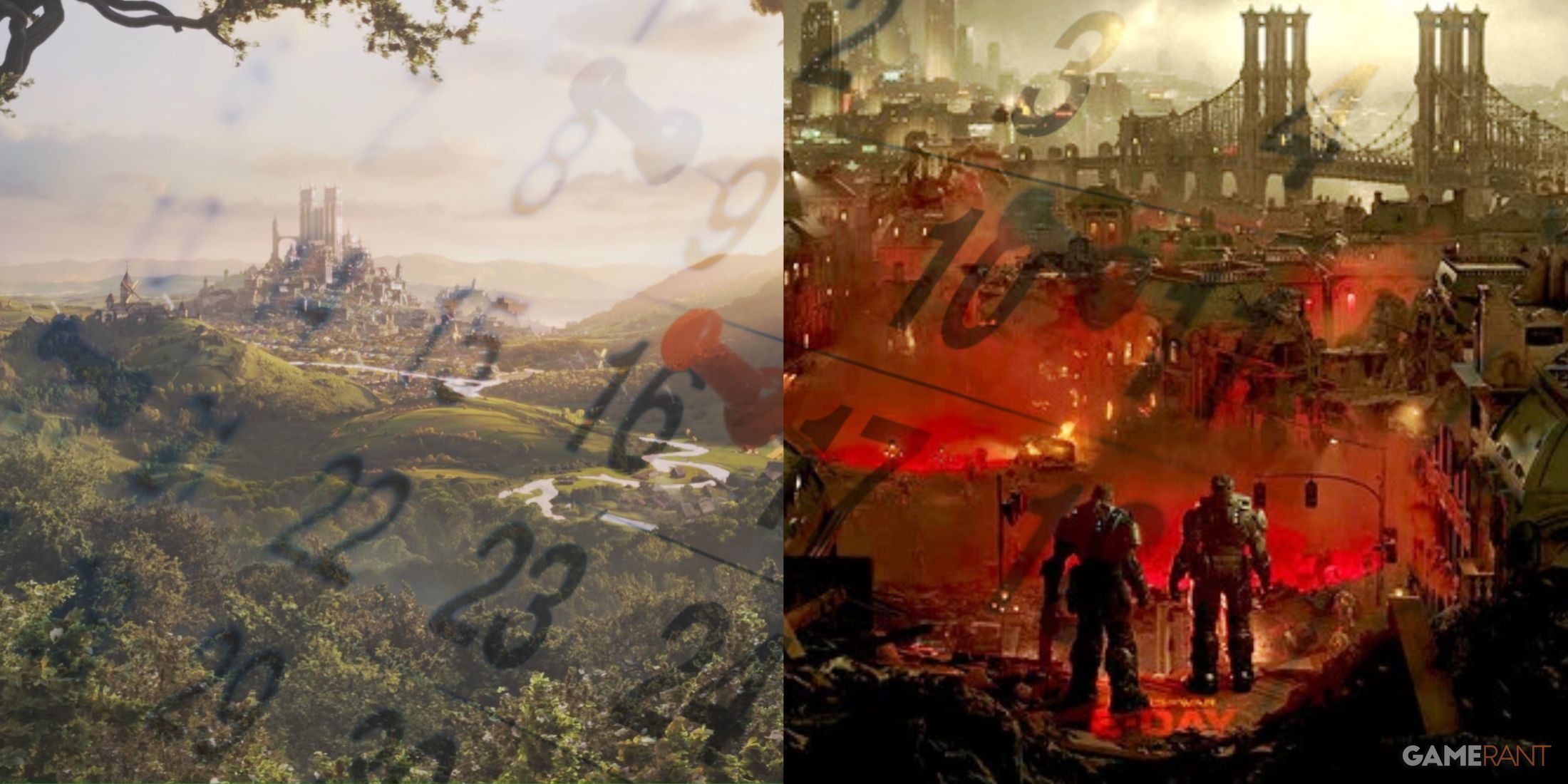“Another North: Essays in Praise of the Existing World”
:quality(70)/cloudfront-us-east-1.images.arcpublishing.com/adn/2S4VNGZLJNDTDGTIW7WQAOGSQQ.jpg)
By Jennifer Brice; Boreal Books/Red Hen Press, 2024; 240 pages; $17.95.
It used to be said, “Essays don’t sell; nobody wants to read them.” That was never really true, and in the hands of a gifted writer like Jennifer Brice, we can enjoy the form that essayist and teacher Phillip Lopate defines as “the record of a mind pursuing its thoughts.”
“The great promise of essays,” wrote Lopate, “is the freedom they offer to explore, to digress, to acknowledge uncertainty; to avoid dogmatism and embrace ambivalence and contradiction; to have intimate conversations with one’s own reader and literary forebearers; and to uncover unexpected truths, preferably through a brilliant prose style.”
Brice, the author of two previous books – The Last Settlers, a work of documentary reporting, and Unlearning to Fly, an autobiography – has compiled a dozen exemplary essays written over the course of 25 years. They are both personal and intelligent, and shine for their use of creative forms and “snappy” language.
Brice was born and raised in Fairbanks. She taught English and creative writing for many years at colleges on the East Coast (currently Colgate University). Now, entering her sixth decade, with three grown daughters, she is ready to look back on her family and personal history, her relationships with others, the person she was and is becoming, and her influences. Readers will feel very comfortable in conversation with a sharp and curious mind, and Alaska readers may find particular resonance with her own life.
The first essay, “Another North,” begins with a sleepless “gray-haired English professor” landing at the Fairbanks airport on the winter solstice. The nervousness she feels about a change in runway signage prepares her for a series of short paragraphs that summarize a story that “could start anywhere” but actually begins in 1961, when “the woman who will become our protagonist’s mother,” a newly minted nurse, leaves New York City and heads to Fairbanks for her first job. Then, in 1962, “Carol Ann’s husband of a few months” takes off from the Fairbanks airport on his first solo flight. In 1964, Carol Ann parks the stroller with baby Jennifer in it outside the Second Avenue Co-op and tells the family’s husky to “watch the baby” while she shops. Then 1967 and the flood in Fairbanks, the start of pipeline construction, a prom, a crush, years of homesickness at an East Coast women’s college, learning to fly “to prove something to myself, although it’s not yet clear what that might be.” In just 12 pages, with specific details, digressions through time and place, and reflections on identity, direction, and love, Brice presents her way of thinking about the big and small things that affect a life, taking readers into the far reaches of her mind.
The second essay, “Playing Bridge with Robots,” continues with a similarly segmented form and investigation. Here, Brice alternates between her obsession with the game of bridge—particularly playing it online with computer-generated partners—and her long friendship with another writer (one who readers of Alaska will recognize). At first, the back-and-forth may seem odd, but gradually connections emerge as the friendship weakens and breaks down. “We weren’t doing what I’m doing right now, which is trying to capture some fleeting truth about her. Or about me and her. Or maybe just about me.”
The remaining essays continue to use unusual structures to contain fragments of memory, thought, and reconciliation, as well as references to literary works and cultural phenomena. On Keeping House is structured around a series of possible instructions for housekeeping in the literal sense, but also for life as a woman more broadly.
Occasional Lapses into Indulgence explores the author’s complicated relationship with her “fabulous” grandmother and includes excerpts from letters between the two and her grandmother’s correspondence with the writer James Michener and various politicians. (Grandmother Brice was happy to advise her on clothing.)
“I Am the Space Where I Am” is about Brice’s move to upstate New York (where a neighbor explained exactly what she needed to do to her house and garden to settle in) and how she reconciled her love for her home in Fairbanks with her adopted home. “After Alaska,” she writes, “New York is a bit like being on Prozac: The highs aren’t so high, the lows aren’t so low.”
One of the longest, most creative, and most personal essays, “My Essay on Flowers and How Things End” takes the form of an abecedarius, with each of the 26 sections beginning with a letter of the alphabet, in this case the name of a flower. A is for Astroemeria (a magnificent lily), B for Bittersweet, and so on. Although each section refers to a flower, the passages are not about the flowers per se, but about the author’s life, particularly her relationships with men. Time is fluid here, flowing back and forth over decades to assemble a bouquet of self-discoveries.
Because Brice’s essays were written at different times and with different aims and are meant to stand alone, some facts and even scenes recur throughout the book. In the hands of another author, they might seem repetitive and jarring, but the different contexts in which they are presented multiply their impact. The myth of family origins, central throughout the book, returns with increasing importance, and it is only at the end that Brice uncovers a startling truth about it.
Poignant, funny, introspective, and brilliantly written, Another North deserves a place not just on an essay shelf, but among the books we pick up to appreciate the gifts and burdens of our lives.

:quality(70)/cloudfront-us-east-1.images.arcpublishing.com/adn/OVYQZ67QLVAXRIVEAYYS4445DM.jpg)

